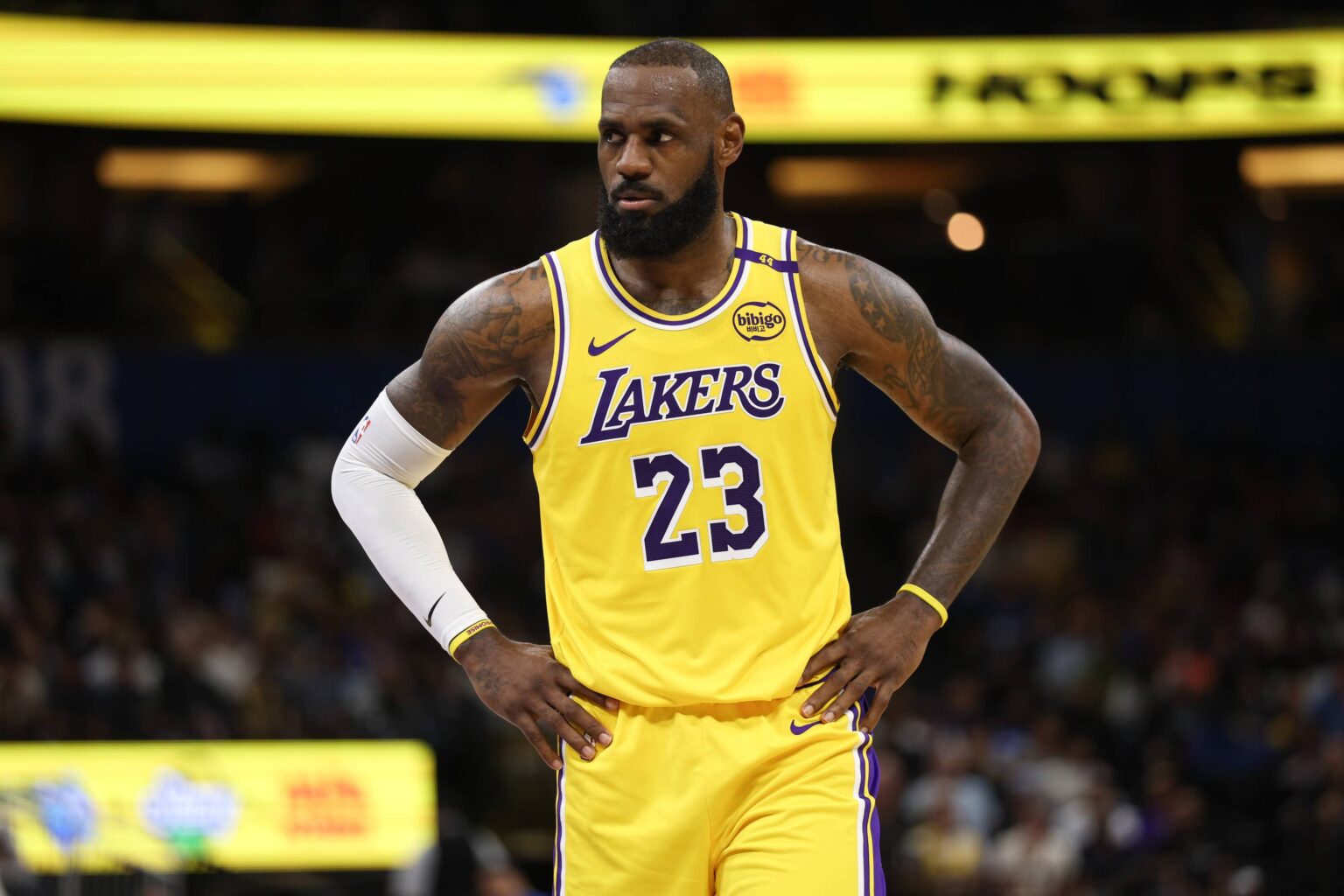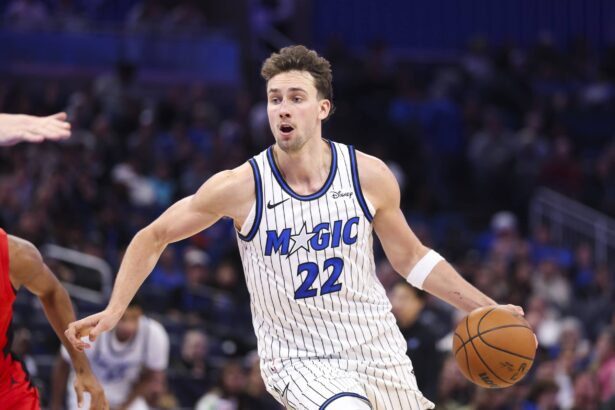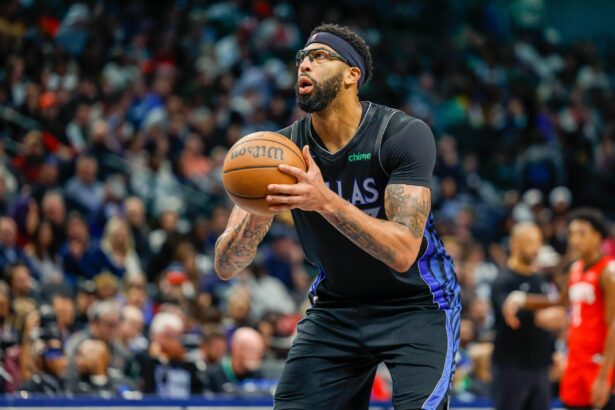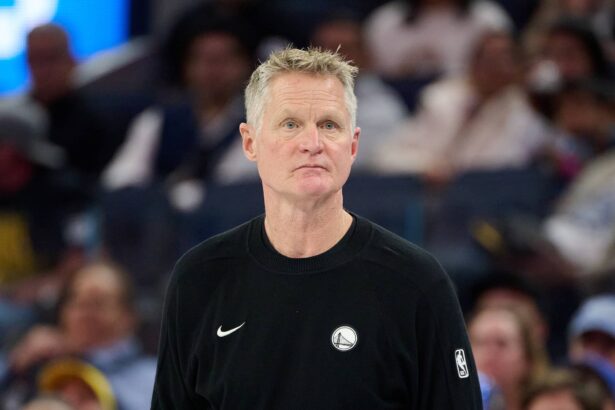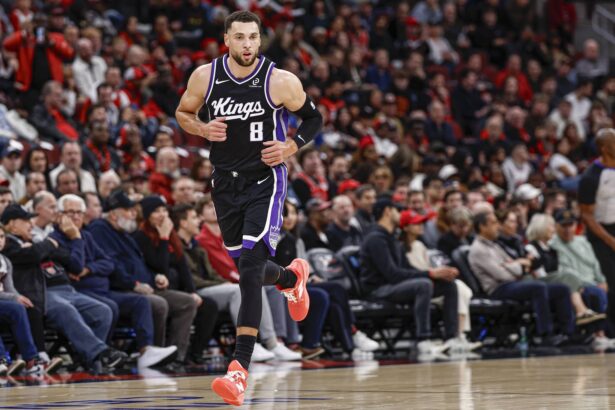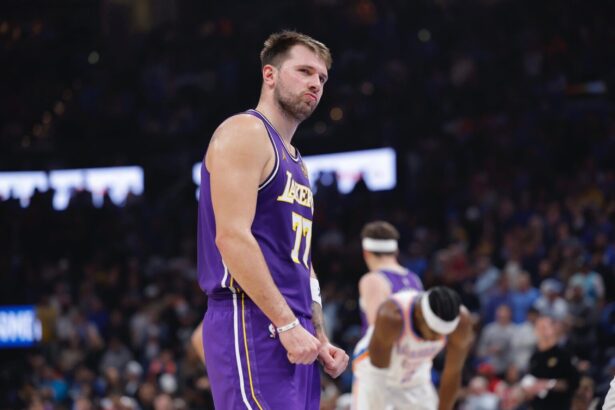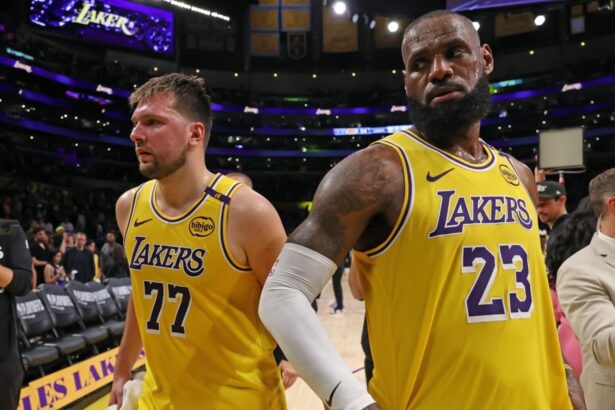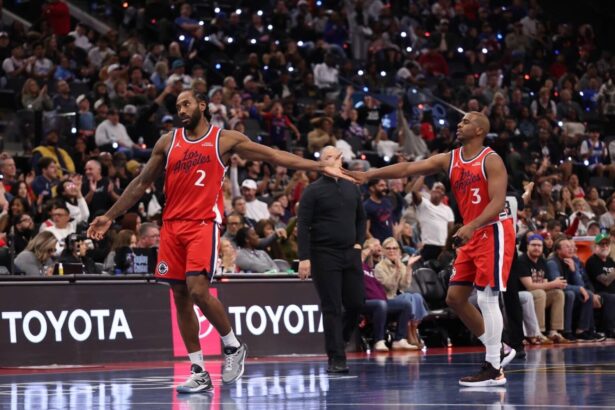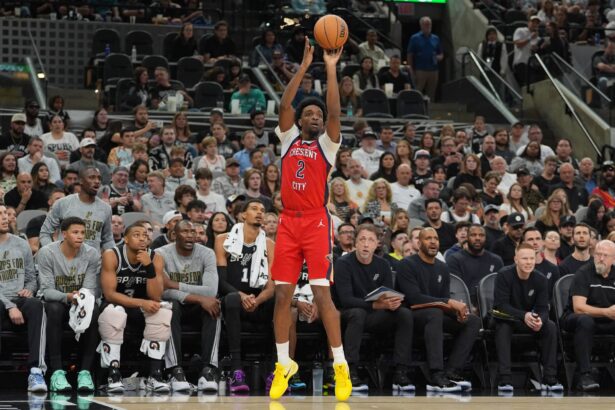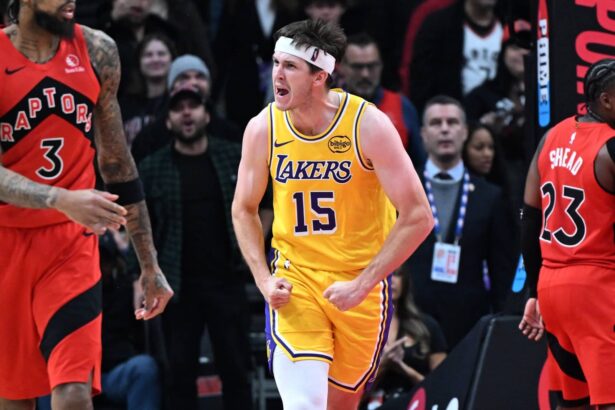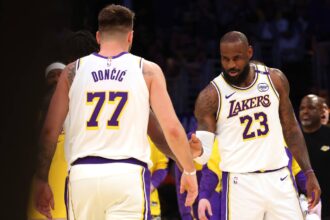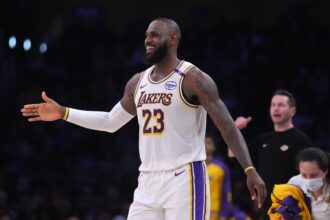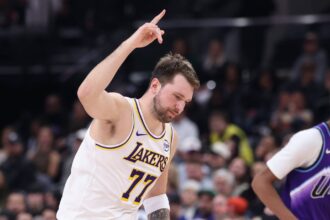Brian Shaw, who won three titles with the Los Angeles Lakers, recently weighed in on the discussion during an interview with Brandon Scoop B Robinson. When asked if LeBron’s late-career run with the Lakers resembles Michael Jordan’s stint with the Washington Wizards, Shaw’s answer was blunt: “No.”
According to Shaw, there are two main reasons why comparing 40-year-old LeBron James to Wizards-era Jordan doesn’t make sense, LeBron’s unmatched physical conditioning and how dramatically the game itself has changed.
“No. LeBron physically, just as a specimen, I don’t think there’s anybody in the league who has the body that he has and been able to maintain it the way he did.”
It’s hard to argue with that. LeBron is about to enter his 23rd season in the NBA and still looks like he could play another five. His regimen of recovery, nutrition, and training has become legendary. Even at 40, LeBron continues to play 35-plus minutes a night, still averaging elite numbers and carrying the Lakers’ offense alongside Luka Doncic.
Jordan, meanwhile, was a different story physically when he made his Wizards comeback in 2001 after three years of retirement. He was 38, coming off multiple years away from competitive basketball, and despite averaging a solid 21.2 points per game over two seasons, he no longer had the explosiveness or endurance that defined his Chicago Bulls years. His body simply couldn’t handle the same workload.
LeBron, by contrast, has never stepped away from the game. He’s logged more minutes than any player in NBA history, regular season and playoffs combined, and yet remains one of the league’s most durable stars.
Beyond physical differences, Shaw emphasized how the evolution of the NBA makes the comparison unfair.
“The game is different now. It’s predicated on 3-point shooting. It was a lot more physical when Jordan played. He had to go through the Pistons and the Knicks who were very physical; so it was just two different times.”
During Jordan’s prime and even in his Wizards years, the NBA was defined by hard contact, slower pace, and grueling defensive battles. Players were routinely hand-checked, elbowed, and body-slammed in the paint. Jordan’s opponents, from the “Bad Boy” Pistons to the Knicks, built their game plans around punishing him physically.
LeBron’s NBA, on the other hand, is faster, more spaced out, and far less physical. The 3-point revolution has shifted the league toward skill and strategy rather than brute strength. That difference, Shaw says, extends careers, and it’s one of the reasons LeBron can still perform at a superstar level well into his 40s.
While both Jordan and LeBron share the rare distinction of dominating well past the typical retirement age, Shaw believes the similarities end there. Jordan’s Wizards run was a nostalgic encore; LeBron’s Lakers run is an ongoing masterclass in longevity.
And in that, he may be right. Jordan ended his career showing flashes of greatness. LeBron, somehow, still defines it.

